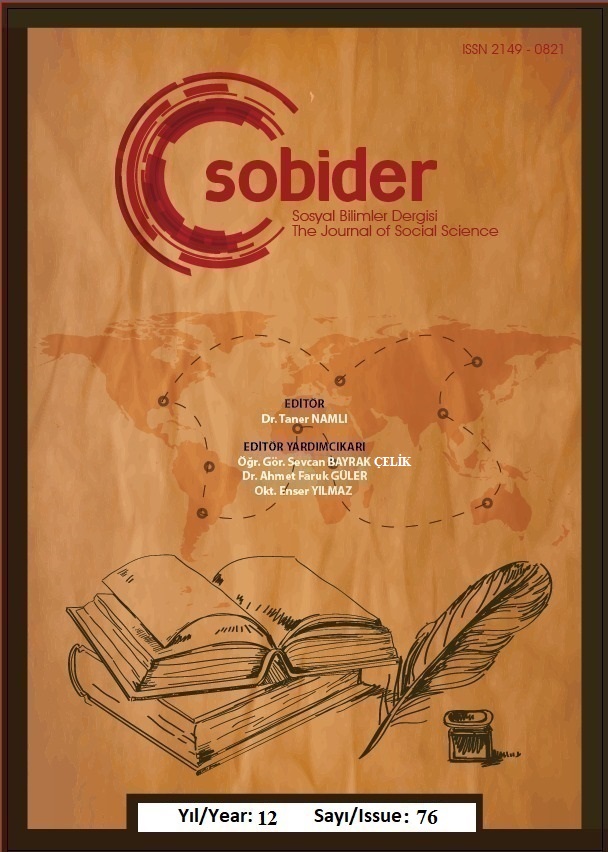Author :
Abstract
Medya metinleri toplumun her alanına nüfuz etmiş ataerkil, kadınların toplumsal alandaki ikincil konumuna dair söylemleri sıklıkla ve rahatlıkla üretebilmektedir. Bir medya olarak karikatürün, her ne kadar eleştirel tarafı da olsa içinden çıktığı toplumun politik, kültürel, toplumsal ve cinsiyete bağlı eğilimlerini yansıtabilen ideolojik tarafı da bulunmaktadır. Dini yaklaşımlar, inanç sistemleri içerisindeki söylemler de kadının ataerkil toplumdaki yeri ve kadınlığın yeniden üretimini belirlemektedir. Postmodern süreçte din alanındaki dönüşümler, bir inanış sistemi yaratmıştır. Literatürde kimi yerde postmodern din olarak adlandırılan küresel toplumsal dönüşüm koşulları altında, dinin etkisinin tamamen yok olacağını, toplumların akla dayanan yöntemlerle var olacağını iddia eden seküler düşünürler postmodern dünyada dinlerin yok olmadığını aksine farklılaşarak bireysel ve çoğulcu platformlara çekildiğini, güçlenerek var olduklarını deneyimlemişlerdir. Dolayısıyla, dönemin toplumsal gerçekliğini mizahi bir dille yansıtan karikatürler dinin bu dönüşümünü ve kadının bu yeni toplumsal düzendeki konumunu da yansıtmaktadırlar. Bu çalışma, karikatüristler tarafından ortaya konulan dini olgular içerisinde içerik analizi ve söylem analizini kullanarak karma bir yöntem yoluyla kadına dair söylemin ve imajın izini sürmeyi hedeflemektedir.
Keywords
Abstract
Media texts can frequently and easily produce patriarchal discourses that have permeated every aspect of society, and that emphasize the subordinate position of women in the social sphere. As a media, caricature, even though it has a critical side, also has an ideological side that can reflect the political, cultural, social and gender-related tendencies of the society it emerges from. Religious approaches and discourses within belief systems also determine the place of women in patriarchal society and the reproduction of femininity. In the postmodern process, transformations in the field of religion have created a belief system. Under the conditions of global social transformation, sometimes referred to as postmodern religion in the literature, secular thinkers, who claimed that the influence of religion would disappear completely and that societies would exist with methods based on reason, have experienced that religions do not disappear in the postmodern world, on the contrary, they are differentiated and drawn to individual and pluralistic platforms, and that they exist with strength. Therefore, cartoons that reflect the social reality of the period in a humorous way also reflect this transformation of religion and the position of women in this new social order. This study aims to trace the discourse and image of women through a mixed methodology using content analysis and discourse analysis within the religious phenomena presented by cartoonists.





